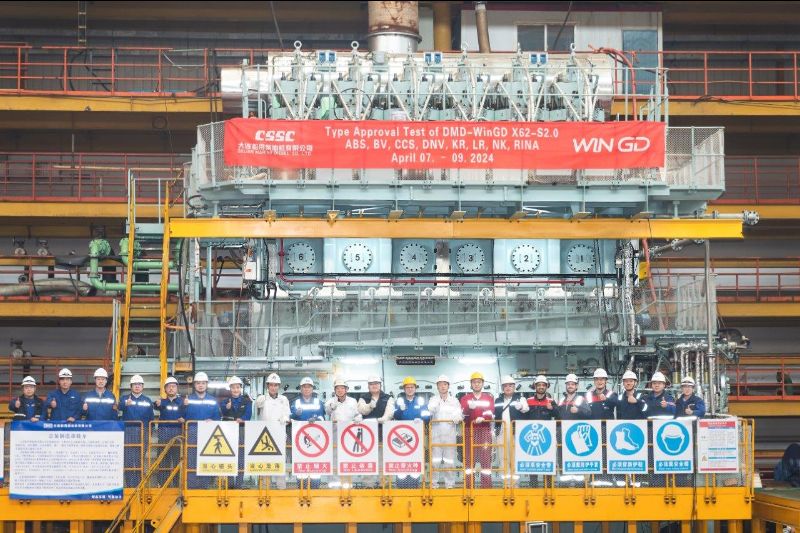November 1950 East Coast Superstorm
The following has been submitted to us by gCaptain member Fredwx and originally published to the Weather section of the gCaptain forum:
With Thanksgiving approaching I thougt I would post this on the famous Thangsgiving storm of 1950:
The November 1950 storm caused widespread flooding and wind damage along the East Coast while inland areas were coping with heavy snowfalls and very low temperatures. The storm developed over North Carolina then deepened rapidly into an East Coast Bomb as it tracked northward into Pennsylvania before turning northwest en-route to Lake Erie and later curving southwest and then east across Ohio. The storm caused havoc along the East Coast as the high winds coincided with the high tide creating widespread flooding along the New Jersey, Long Island and New England Coasts. Wind gusts were clocked at 94 mph in New York City, 108 mph at Newark Airport, 110 mph at Concord, NH and 160 mph at the top of Mt. Washington, NH!
While strong winds and rain pelted the East Coast, farther inland heavy snow and blizzard conditions prevailed. Nearly 28 inches of snow fell in Pittsburgh, about 36 inches in Steubenville, OH and up to 62 inches was reported at Coburn Creek, WV. Strong temperature contrasts were reported across relatively short distances during the height of the storm. While Buffalo, NY was reporting rain and temperatures in the 50’s, Pittsburgh about 200 miles to the south was reporting heavy snow and temperatures falling into the single digits.
The cause of all this appears to have been a strong upper level low that moved rapidly from south-central Canada late on the 22nd of November as an Omega Block was developing over the North Atlantic Ocean south of Greenland. By late on the 23rd, Thanksgiving Day, the upper low was intensifying across Wisconsin and was en-route to North Carolina as the strong Omega block held over the North Atlantic. Early on the 24th a surface low pressure area was centered over the Great Lakes with a strong frontal trough extended southeastward across the Appalachians then south-southwestward into the Gulf of Mexico. As the upper low continued to intensify and drop southeastward towards North Carolina, a secondary surface low developed over the Eastern Carolinas.
The conditions were now set for a Coastal Bomb. The surface low deepened very rapidly over Eastern North Carolina late on the 24th tracking northward to near Washington, DC by the early morning hours of the 25th. At the same time a strong High-pressure area was nearly stationary over Eastern Canada. This caused an unusually strong pressure gradient over the North Eastern States and very high winds.
With strong high pressure to the northeast the surface low turned northwestward tracking across Pennsylvania and reached Lake Erie by late in the evening of the 25th. Thereafter, as the upper level low lifted northward, the surface system began to weaken but not after devastating a large portion of the East Coast and Midwest. The storm, according to various accounts, took between 160 and 383 lives and caused up to $70 million in damages.
On a positive note, one interesting fact is that this was the first storm ever forecasted using NWS numerical model programs. The more recent March 1993 storm was well predicted by computer models based on information gathered from the November 1950 event.
See also this link on the Thanksgiving Weekend Storm of 1950 – by Robert E. Kistler, NOAA/NWS/NCEP/EMC, Camp Springs, MD; and L. Uccellini and P. J. Kocin (Includes a good audio-visual presentation)
http://ams.confex.com/ams/84Annual/techprogram/paper_73168.htm

Subscribe for Daily Maritime Insights
Sign up for gCaptain’s newsletter and never miss an update
— trusted by our 109,121 members

Get The Industry’s Go-To News
Subscribe to gCaptain Daily and stay informed with the latest global maritime and offshore news

 Join The Club
Join The Club








